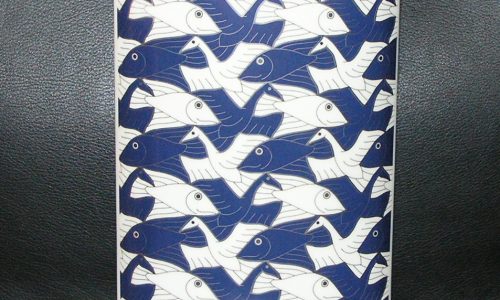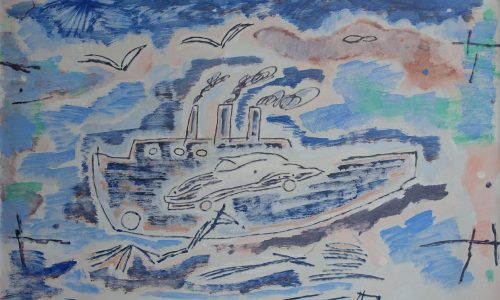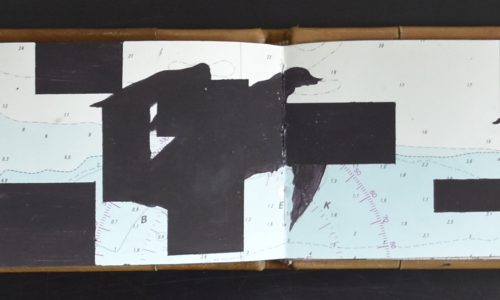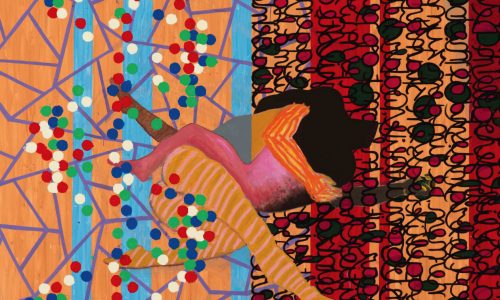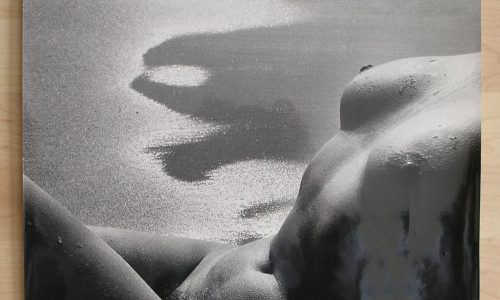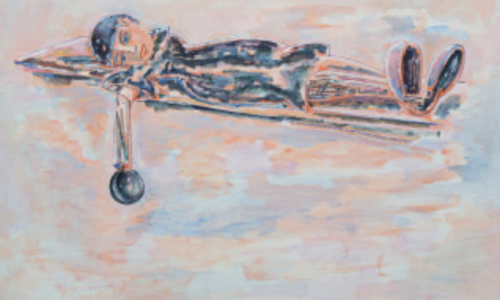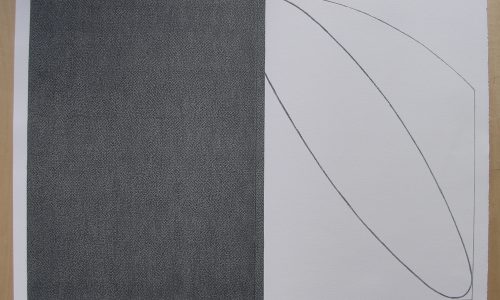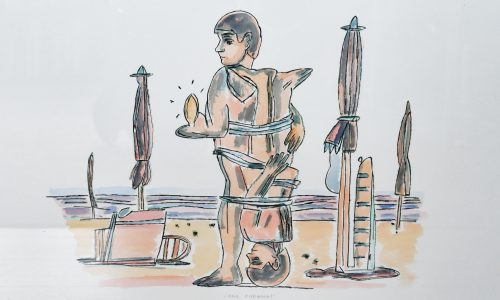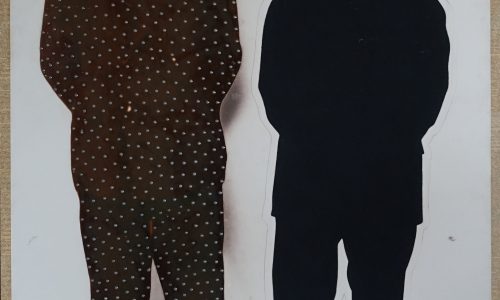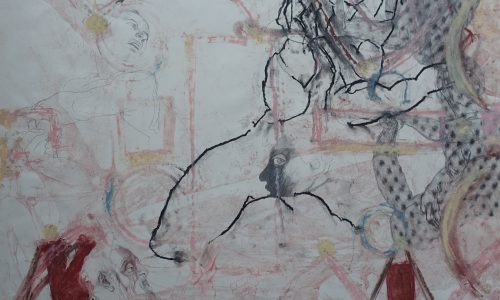
This is what his site says about the artist:
Mario Ceroli is one of the most important representatives of contemporary art in Italy. As an eclectic artist, sculpture, designer, architect, painter and scenographer, he has been able to transform, during his long career, such powerful raw material as wood in breathtaking one of a kind art pieces. Born in 1938 in a small town of the province of Chieti, Italy, he moved for the first time to Rome in the early 60’s. This was the emerging period of the pop art in Italy; a motivating moment of the traditional contemporary art in which he distinguished himself with his capacity to combine tradition with modern. Mario’s creativity runs from reinterpreting famous art to creating new open spaces, furnishing theatrical plays to the realization of great sculptures en plein air including references to material reality and symbolic figures. Ceroli recognized, other than his masterpieces, as a pioneer in starting a wave of expression in art and demonstrating with a strong conviction that experimenting with new materials is the beginning of professional growth in a real artist.
His great artistic talent allows him to obtain from natural elements such as wood, glass, earth and ice, a blend of geometrical figures, inlaids, marvellous works that can be only created by a master mind. When Ceroli talks about wood, he states, “It’s the only material that allows me to right away give form to my imagination and ideas; it’s from the material that the images jump out of me”.
Ceroli known in the world especially for his horses, sculpted in bronze and wood, symbolizing salvation and aspiration, the founder one is the bronze horse that we can find in the middle of the Rai Headquarters in Rome. Although he is at the top of contemporary art in Italy, his work also mirrors the research of “The Beautiful Ideal” from Winckelmann in the late XVIII century. With the unusual form that his sculpted furniture takes place, you can perceive the presence of the metaphysic paintings of Giorgio De Chirico in such way that it actually honors him. Ceroli’s art offers a one of a kind esthetic experience; an encounter between past and present and a total immersion in beauty.
Please visit his site, because it is well worth your visit:
http://mobilinellavalle.it/en/artist-mario-ceroli/
www.ftn-books.com has two rare Ceroli titles available

OLYMPUS DIGITAL CAMERA
:
Like this:
Like Loading...


















































